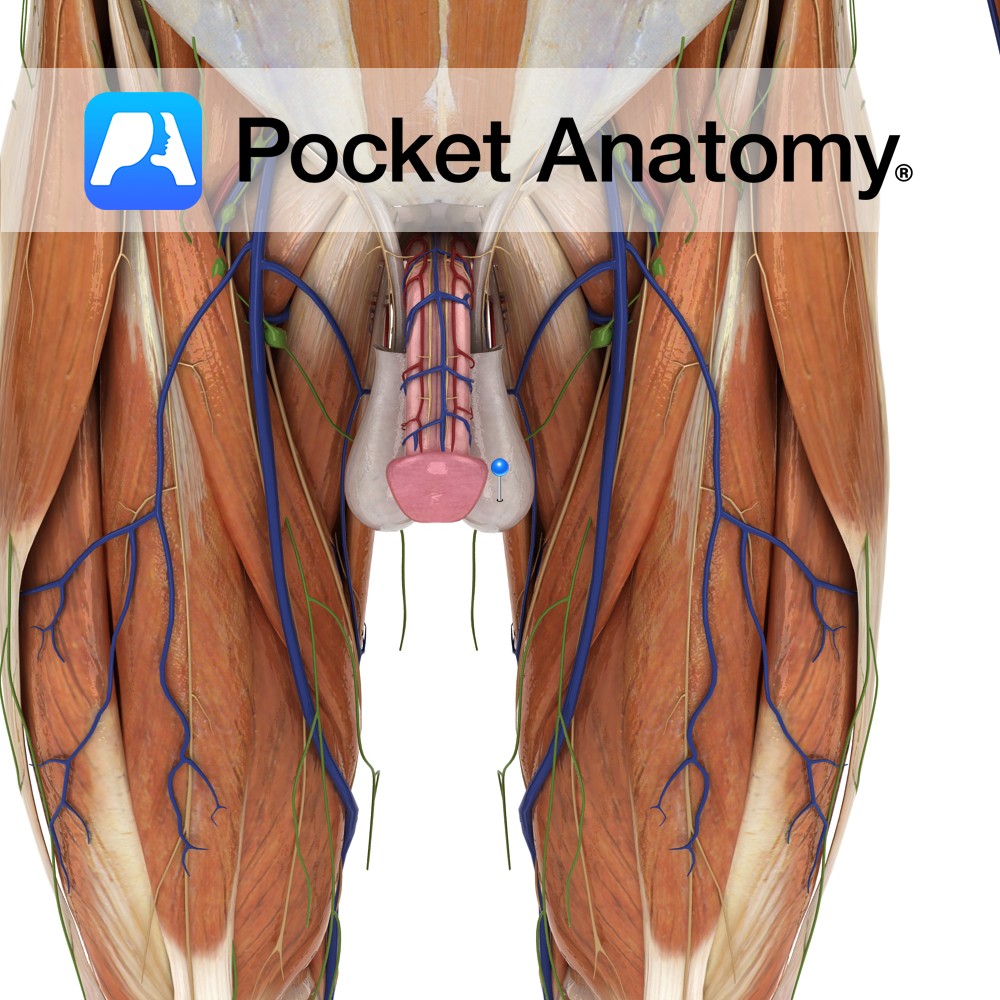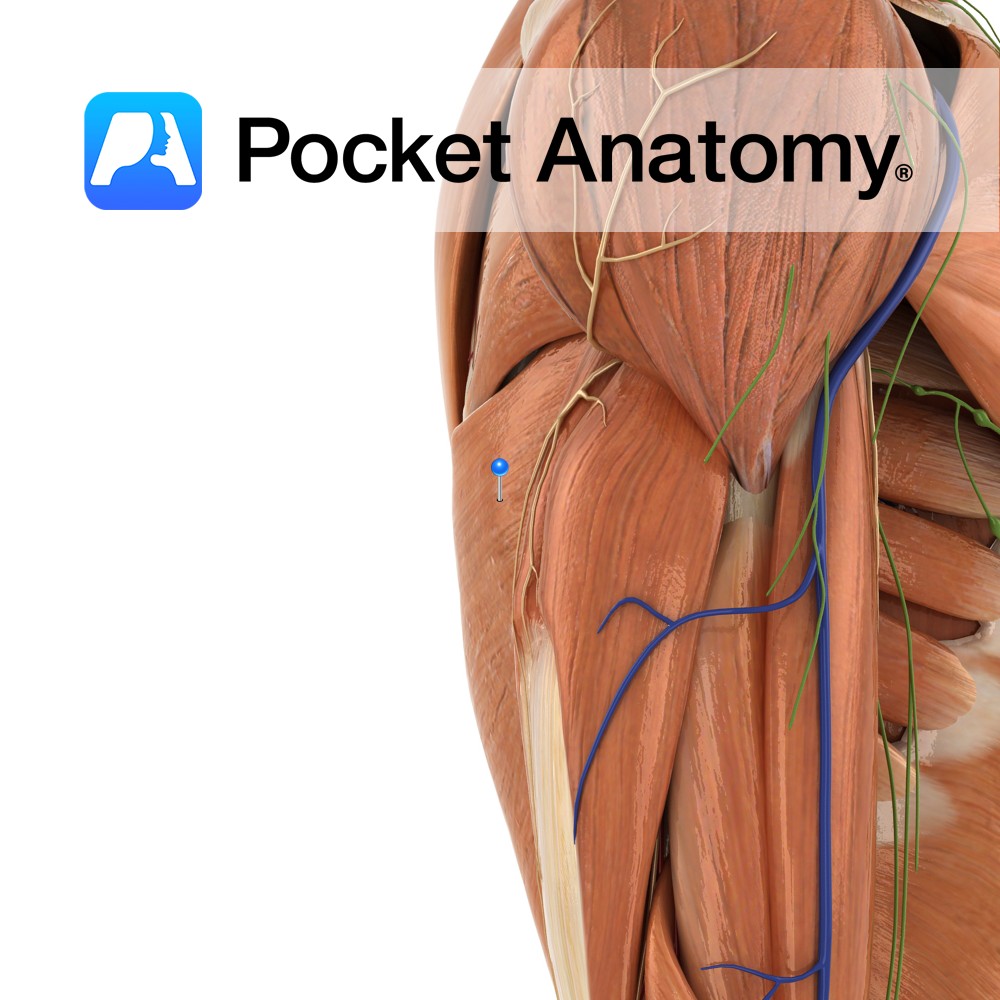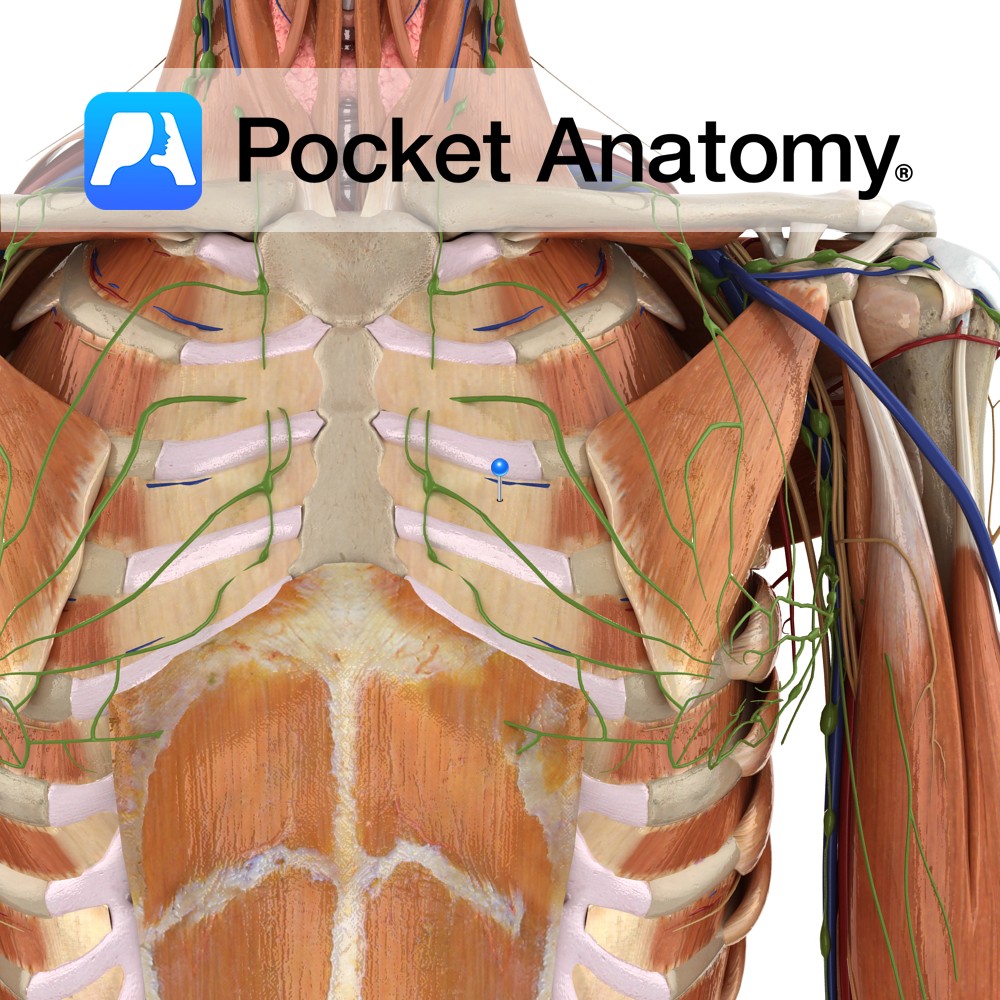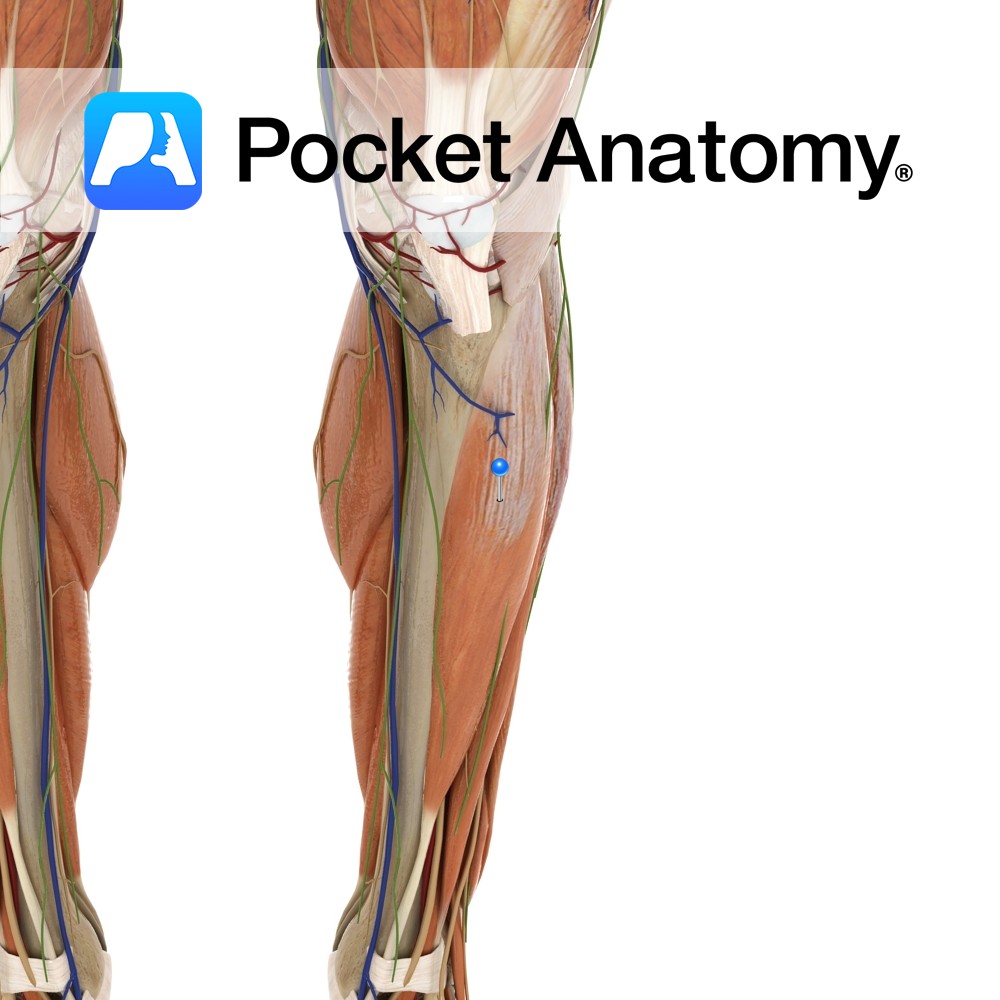Anatomy
Skin and (smooth/involuntary) muscle (tunica dartos) sac, just below and behind the penis, in front of anus, in pubic region, covered (sparsely) with hair by puberty, divided into two pouches, each containing a testis and associated vessels, ducts and muscles.
Physiology
Cremaster muscle and scrotum contract/relax to shorten/lengthen separation of testes (right and left independently) from body (core temperature 37°) and thereby increase/decrease temperature (sperm production – spermatogenesis – works best at 34-35°).
Contraction also occurs as protective reflex, to prevent injury during fight/flight/sex. Heat is lost readily when scrotum relaxed (rich in sweat glands, no subcutaneous fat) yet retained well when contracted (puckered skin reduces surface area). Female scrotal equivalent; labia majora.
Clinical
During fetal/neonatal period, usually by 9 months age, the testes descend from the abdomen through the inguinal canals, to lie in the scrotum. In some, cremasteric reflex activation can cause complete withdrawal/retraction; harmless. If no sign of testis/es descent by 1 year (1%), can surgically pull down and fix (orchiopexy); if left later, may be infertile, also greater risk torsion, testicular cancer.
Interested in taking our award-winning Pocket Anatomy app for a test drive?





